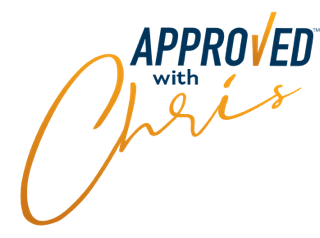Mortgage Approval 101: GDS & TDS Explained
Can You Afford That Mortgage? Let’s Talk About Debt Service Ratios
One of the biggest factors lenders look at when deciding whether you qualify for a mortgage is something called your debt service ratios. It’s a financial check-up to make sure you can handle the payments—not just for your new home, but for everything else you owe as well.
If you’d rather skip the math and have someone walk through this with you, that’s what I’m here for. But if you like to understand how things work behind the scenes, keep reading. We’re going to break down what these ratios are, how to calculate them, and why they matter when it comes to getting approved.
What Are Debt Service Ratios?
Debt service ratios measure your ability to manage your financial obligations based on your income. There are two key ratios lenders care about:
- Gross Debt Service (GDS)
This looks at the percentage of your income that would go toward housing expenses only.
2. Total Debt Service (TDS)
This includes your housing costs plus all other debt payments—car loans, credit cards, student loans, support payments, etc.
How to Calculate GDS and TDS
Let’s break down the formulas.
GDS Formula:
(P + I + T + H + Condo Fees*) ÷ Gross Monthly Income
Where:
P = Principal
I = Interest
T = Property Taxes
H = Heat
Condo fees are usually calculated at 50% of the total amount
TDS Formula:
(GDS + Monthly Debt Payments) ÷ Gross Monthly Income
These ratios tell lenders if your budget is already stretched too thin—or if you’ve got room to safely take on a mortgage.
How High Is Too High?
Most lenders follow maximum thresholds, especially for insured (high-ratio) mortgages.
As of now, those limits are typically:
GDS: Max 39%
TDS: Max 44%
Go above those numbers and your application could be declined, regardless of how confident you feel about your ability to manage the payments.
Real-World Example
Let’s say you’re earning $90,000 a year, or $7,500 a month.
You find a home you love, and the monthly housing costs (mortgage payment, property tax, heat) total $1,700/month.
GDS = $1,700 ÷ $7,500 = 22.7%
You’re well under the 39% cap—so far, so good.
Now factor in your other monthly obligations:
- Car loan: $300
- Child support: $500
- Credit card/line of credit payments: $700
Total other debt = $1,500/month
Now add that to the $1,700 in housing costs:
TDS = $3,200 ÷ $7,500 = 42.7%
Uh oh. Even though your GDS looks great, your TDS is just over the 42% limit. That could put your mortgage approval at risk—even if you’re paying similar or higher rent now.
What Can You Do?
In cases like this, small adjustments can make a big difference:
- Consolidate or restructure your debts to lower monthly payments
- Reallocate part of your down payment to reduce high-interest debt
- Add a co-applicant to increase qualifying income
- Wait and build savings or credit strength before applying
This is where working with an experienced mortgage professional pays off. We can look at your entire financial picture and help you make strategic moves to qualify confidently.
Don’t Leave It to Chance
Everyone’s situation is different, and debt service ratios aren’t something you want to guess at. The earlier you start the conversation, the more time you’ll have to improve your numbers and boost your chances of approval.
If you're wondering how much home you can afford—or want help analyzing your own GDS and TDS—let’s connect. I’d be happy to walk through your numbers and help you build a solid mortgage strategy.







